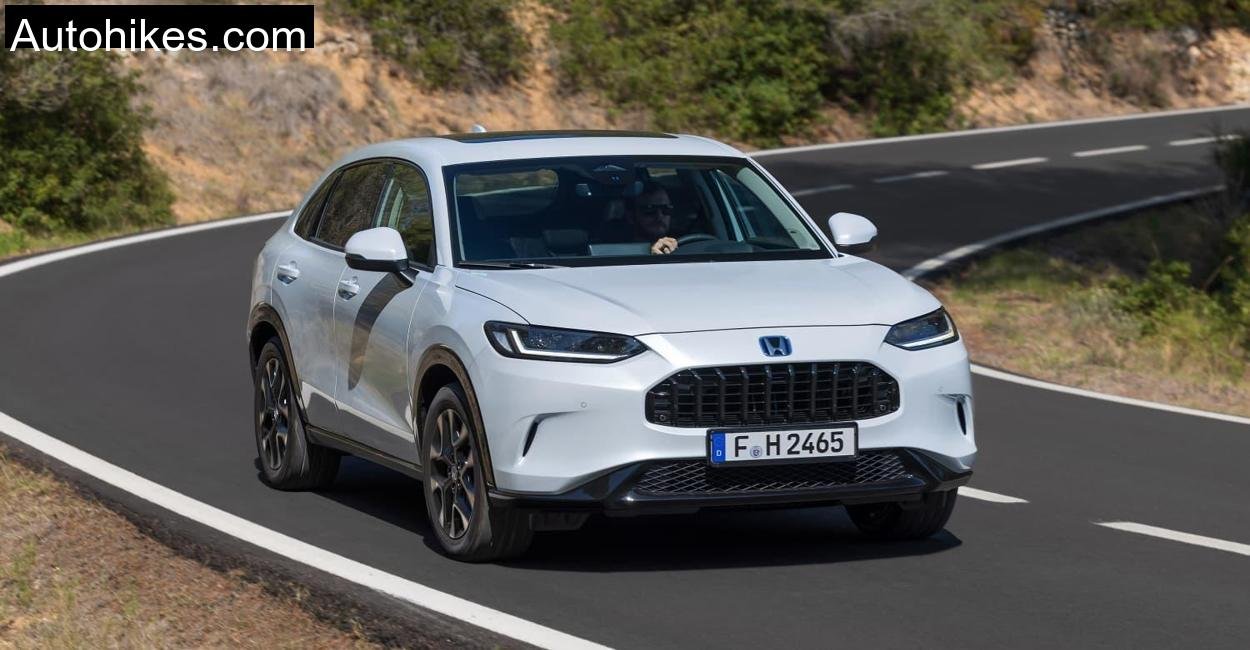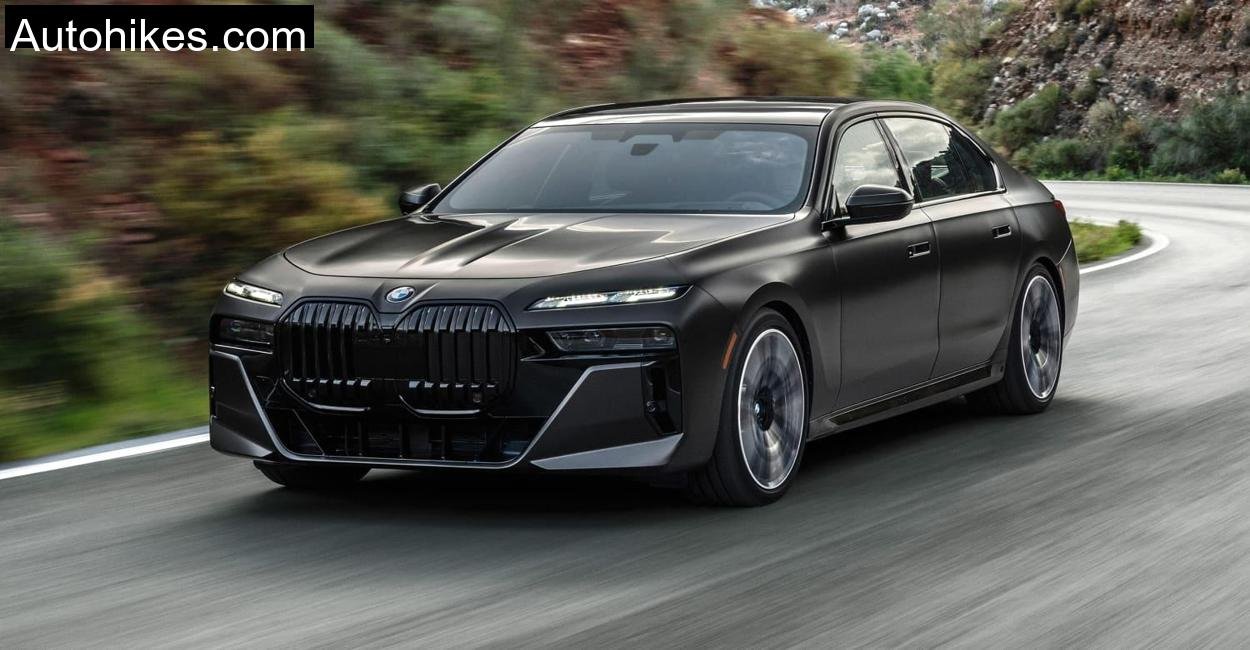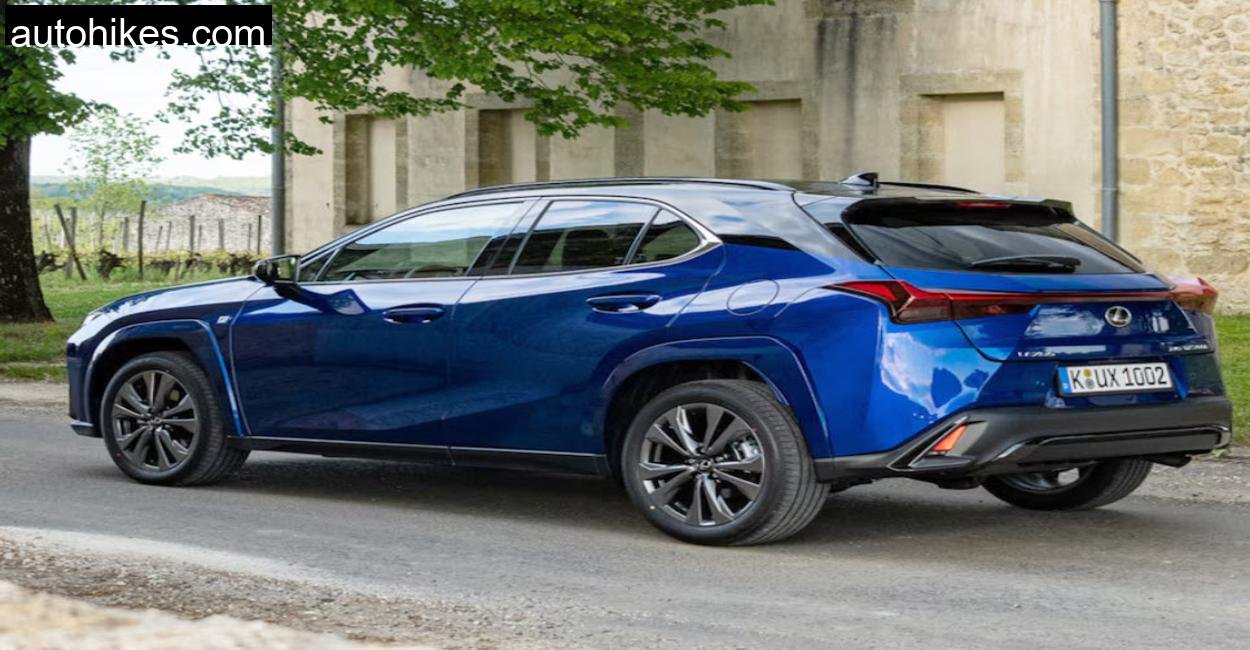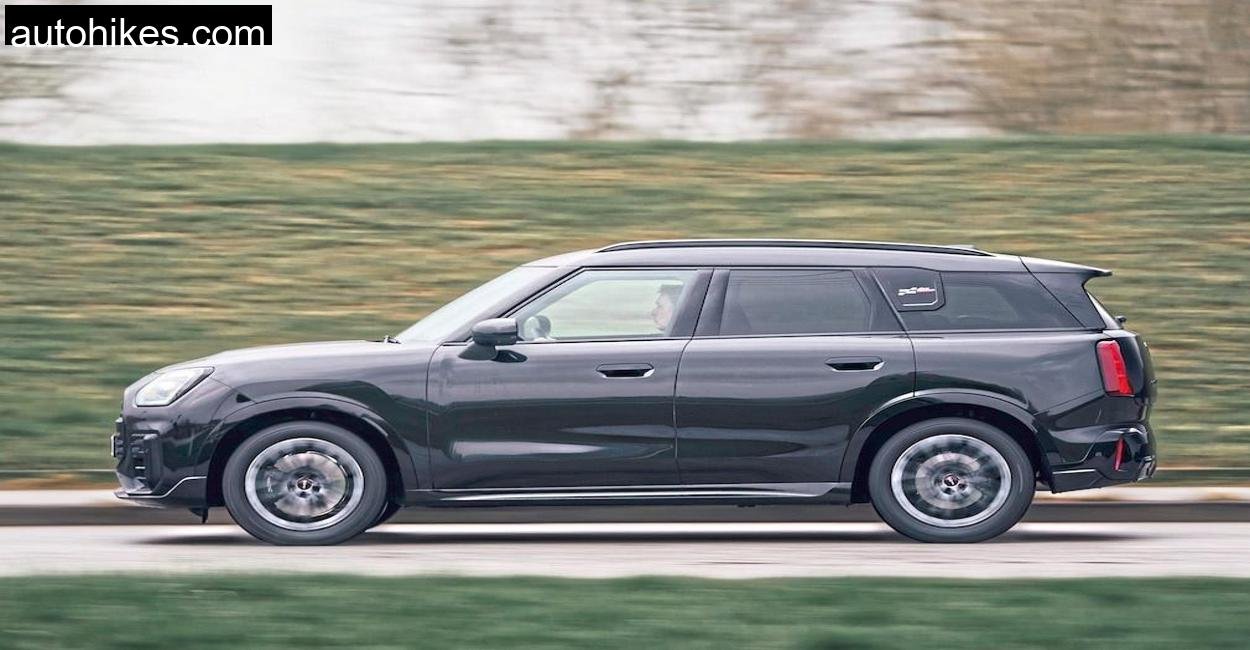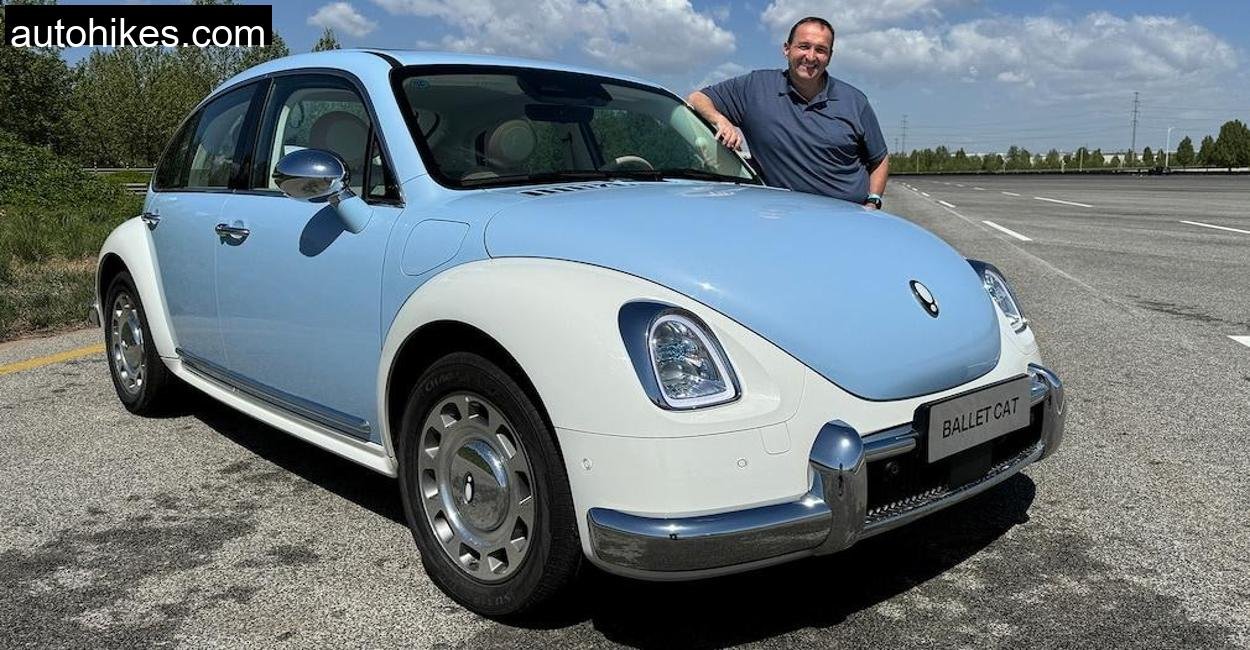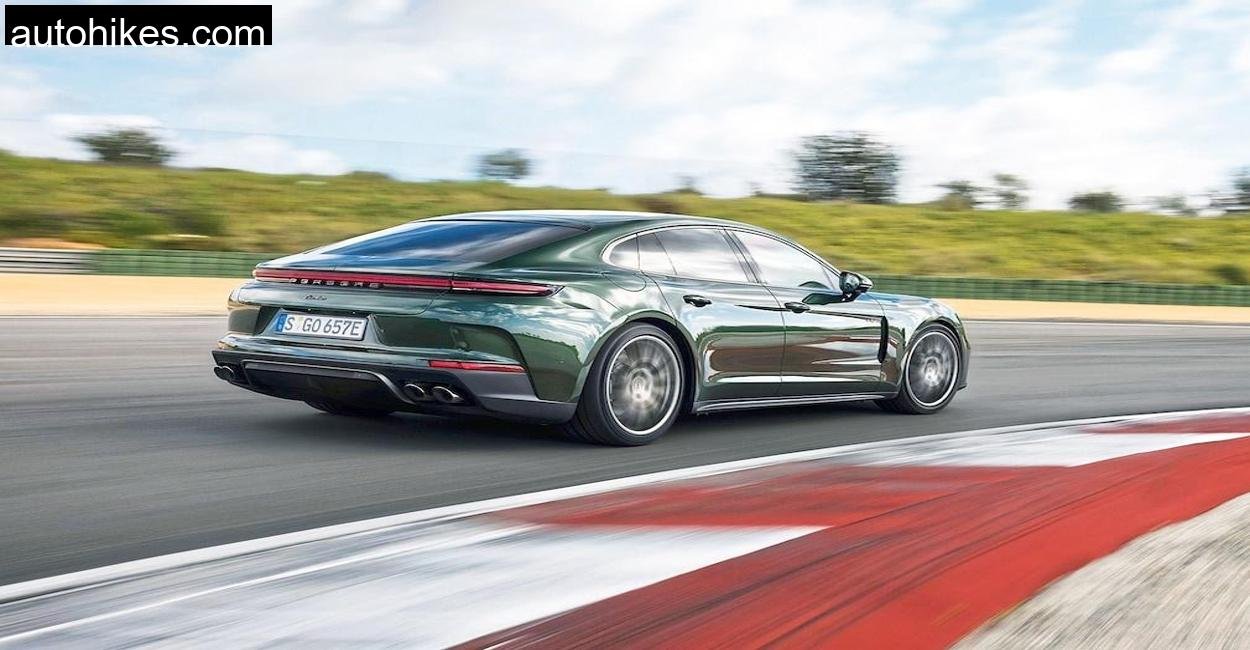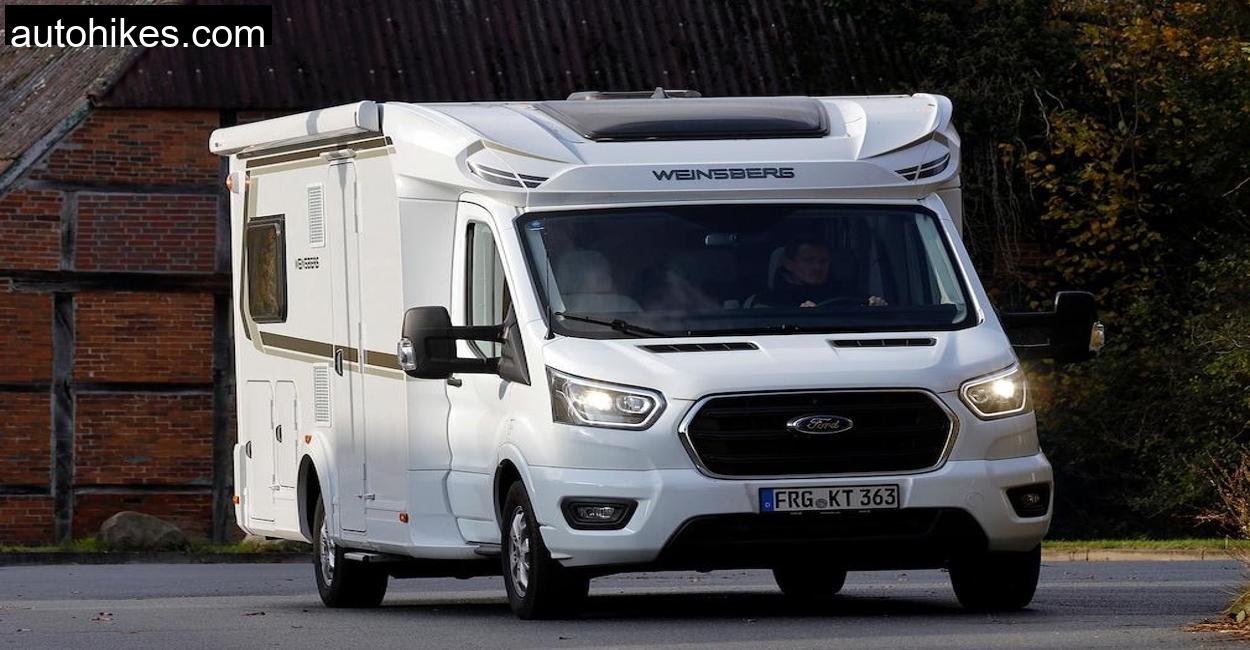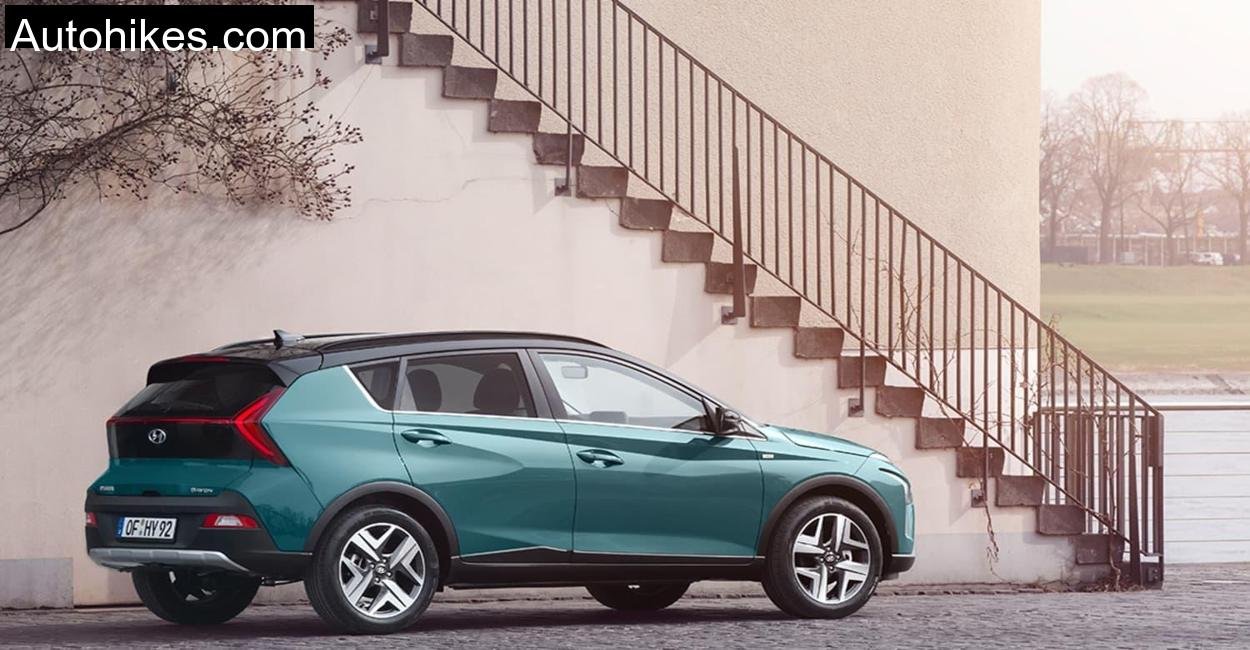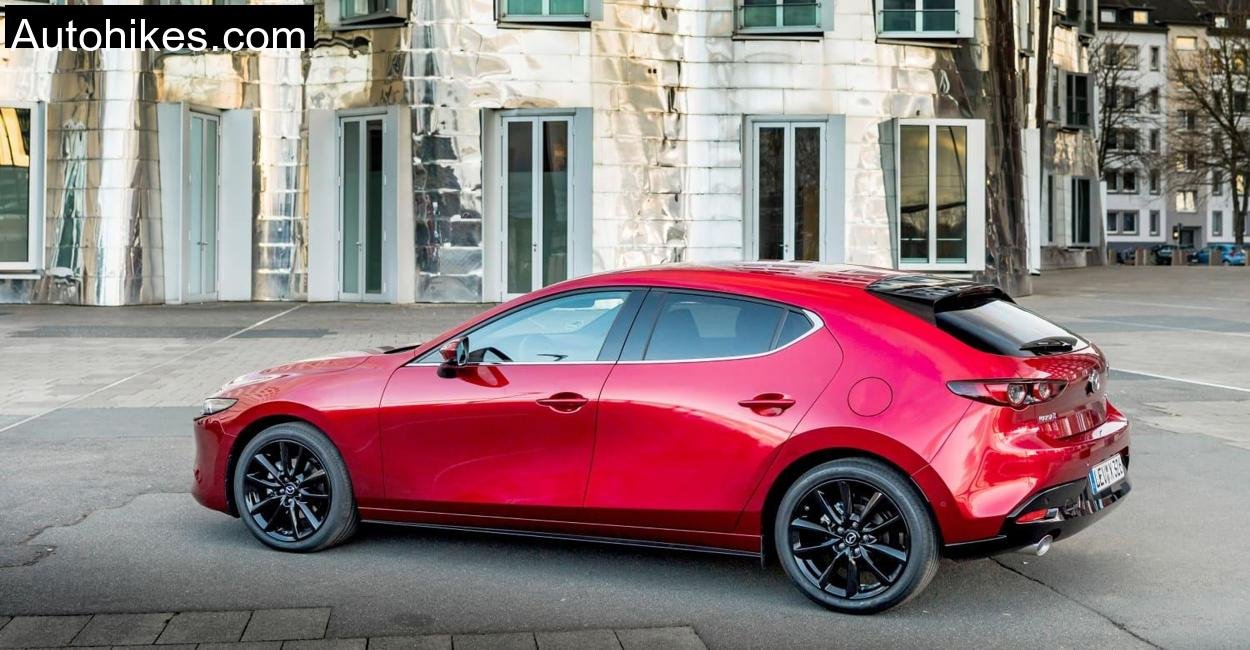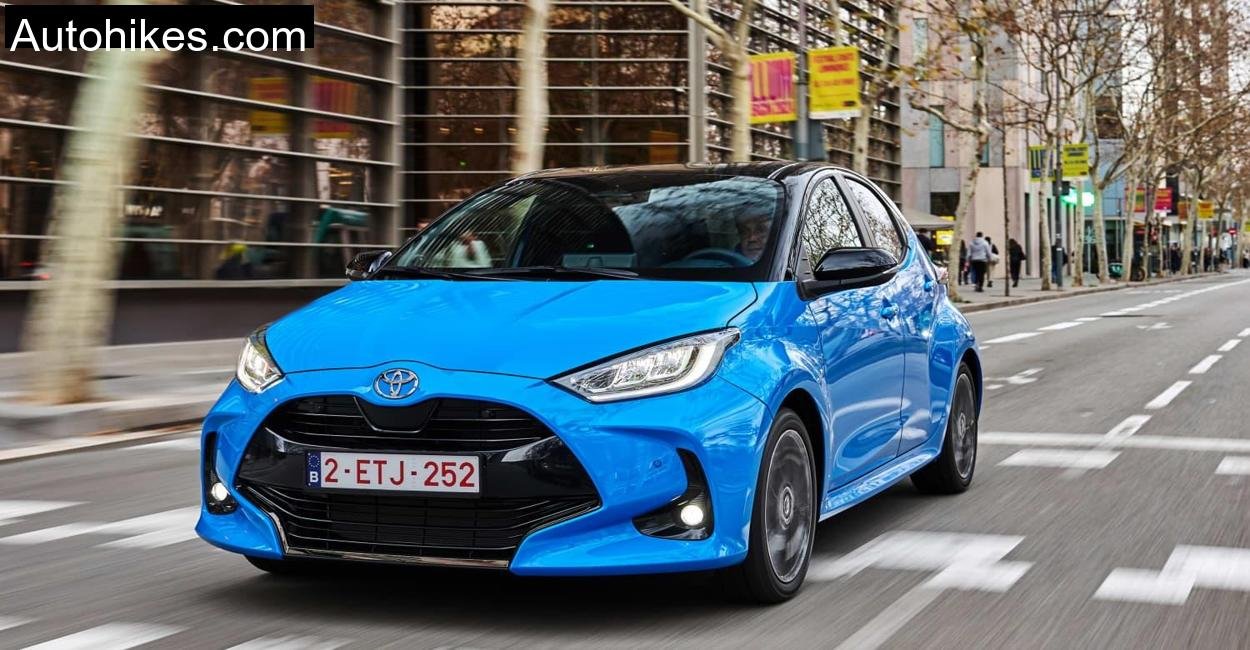I’ve always had a soft spot for Honda. Not because of wild performance or flashy design, but because they tend to get the fundamentals right. Quality, reliability, and a certain understated finesse. So when the new Honda ZR-V launched, I was intrigued. Positioned squarely between the CR-V and HR-V, the ZR-V aims to be the Goldilocks SUV, not too big, not too small. But would it just be a compromise, or something more?
To find out, I took the ZR-V to the Harz Mountains in central Germany. A region known for its winding roads, thick forests, and dramatic elevation changes, perfect for testing a hybrid SUV’s handling, comfort, and real-world efficiency.
Setting the Scene: The Harz Mountains
There’s something magical about the Harz. The roads here twist and turn like they’ve been drawn by hand. One moment you’re climbing through dense pine forests, the next you’re cruising past medieval villages and open meadows. It’s a place that demands a car with balance, power to climb, agility to corner, and comfort to enjoy the ride. The ZR-V had its work cut out.
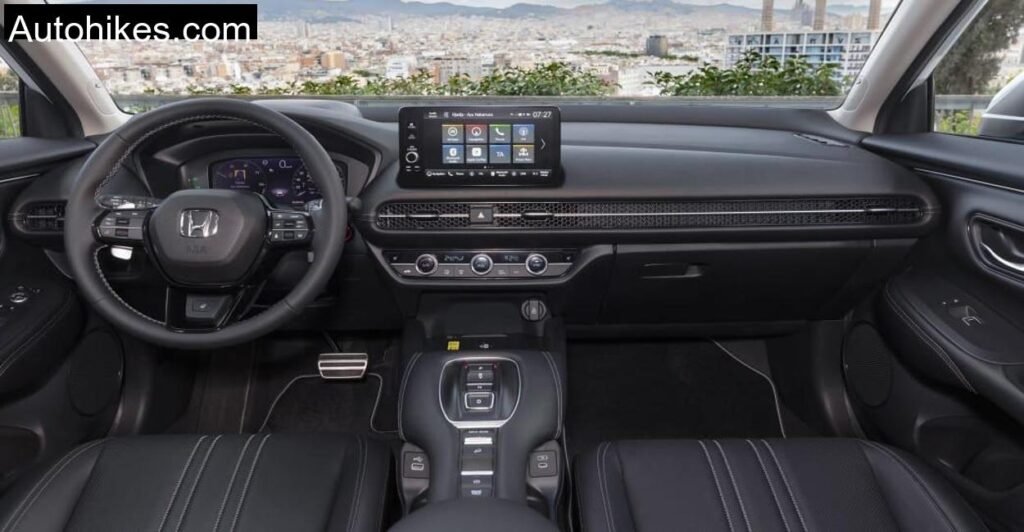
First Impressions: Elegant Simplicity
Seeing the ZR-V in person, especially in the refined Advance trim, was a pleasant surprise. Honda has toned down the design quirks that polarized buyers in the past. The ZR-V looks clean, almost European in its styling. Smooth surfaces, narrow LED lights, and an overall silhouette that sits confidently without screaming for attention. It’s not flashy, but it’s handsome.
Step inside, and the cabin continues that theme. The dashboard is clean and horizontal, with a good balance between physical controls and digital displays. I especially appreciated the climate control, simple, tactile dials that don’t require diving into a touchscreen menu. Speaking of screens, the 9-inch central touchscreen and the 10.2-inch digital cockpit (exclusive to the Advance trim) are crisp and intuitive. Apple CarPlay and Android Auto are standard, and connectivity never once failed during my trip.
Technical Specifications
All technical data is taken exclusively from Honda’s official website to maintain accuracy.
| Specification | Honda ZR-V 2.0 i-MMD e:HEV Advance |
|---|---|
| Engine Type | Full Hybrid (2.0L i-VTEC + 2 e-motors) |
| Displacement | 1,993 cc |
| System Power | 135 kW / 184 PS |
| Torque | 315 Nm |
| Transmission | e-CVT |
| 0–100 km/h | 8.0 seconds |
| Top Speed | 173 km/h |
| WLTP Fuel Consumption | 5.8 l/100 km |
| ADAC Test Consumption | 6.2 l/100 km |
| CO₂ Emissions | 132 g/km (WLTP) |
| Drive | Front-Wheel Drive |
| Trunk Volume | 370 L (up to 1,291 L with seats folded) |
| Weight | 1,710 kg |
| Price (Advance trim) | 46,600 EUR |
Real-World Driving: Harz Performance
Starting the day in Goslar, I pointed the ZR-V uphill toward the Torfhaus. The first thing that struck me was how smooth everything felt. In EV mode, the ZR-V glided silently through the sleepy town. But as the road began to climb, the hybrid system kicked in seamlessly. I didn’t even notice the transition until I glanced at the energy flow display.
The 2.0-liter four-cylinder engine, working in harmony with two electric motors, delivers a total of 184 PS. It’s not blisteringly fast, but it’s enough. Overtaking on winding roads was never stressful. From 60 to 100 km/h, the ZR-V took just 5.0 seconds, a figure that impressed me, especially given the SUV’s practical nature.
The e-CVT transmission deserves a special mention. Traditionally, CVTs are the Achilles’ heel of hybrids, droning loudly under acceleration. But Honda’s system avoids that pitfall. Even on steep inclines, engine noise was well contained, and the power delivery felt almost linear.
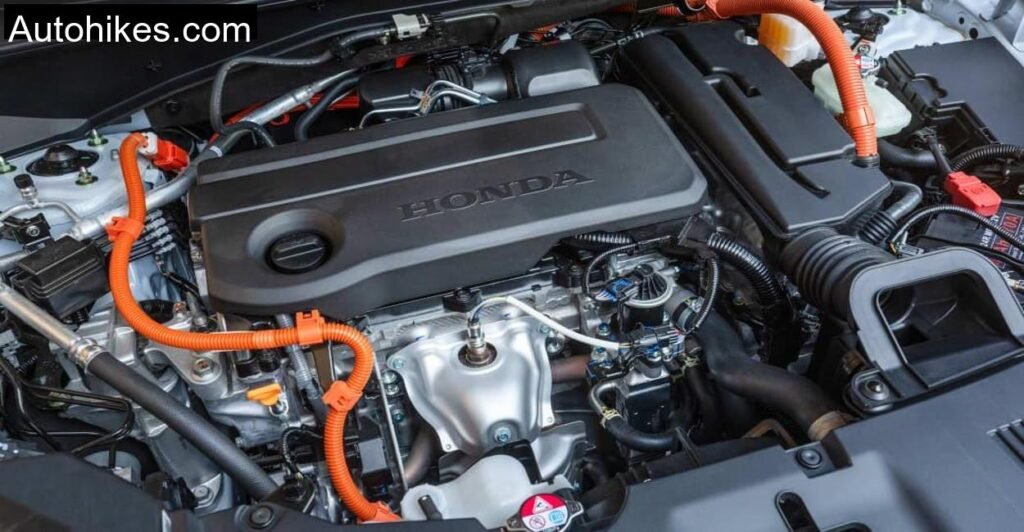
Handling and Ride: Surprisingly Engaging
As I climbed higher into the Harz, the roads narrowed and the turns got tighter. This is where many SUVs start to feel bulky. Not the ZR-V. The suspension struck a fine balance between comfort and control. It soaked up road imperfections with ease, yet remained composed in corners.
The steering was another pleasant surprise. It’s light enough for city use but offers enough feedback to enjoy spirited driving. There’s a natural feel to it, precise, predictable, and confidence-inspiring. Body roll was minimal, and even during quick direction changes, the ZR-V held its line without complaint.
Braking performance was solid. From 100 km/h, the ADAC measured a braking distance of 38.2 meters, well within the expected range for this class.
Interior Space and Practicality
Inside, the ZR-V makes smart use of space. The front seats are wide, supportive, and provide excellent visibility. At 1.85 meters tall, I had no trouble finding a comfortable driving position. Even tall passengers in the back won’t feel cramped, thanks to the 2.66-meter wheelbase.
The only exception is headroom, which becomes a bit tight for rear passengers over 1.90 meters, something to keep in mind if your friends or family are on the taller side. The boot, at 370 liters, isn’t class-leading, but it’s square and usable. Fold the rear seats and the space expands to 1,291 liters, a big help when I had to load hiking gear, a camera bag, and a drone case for filming.
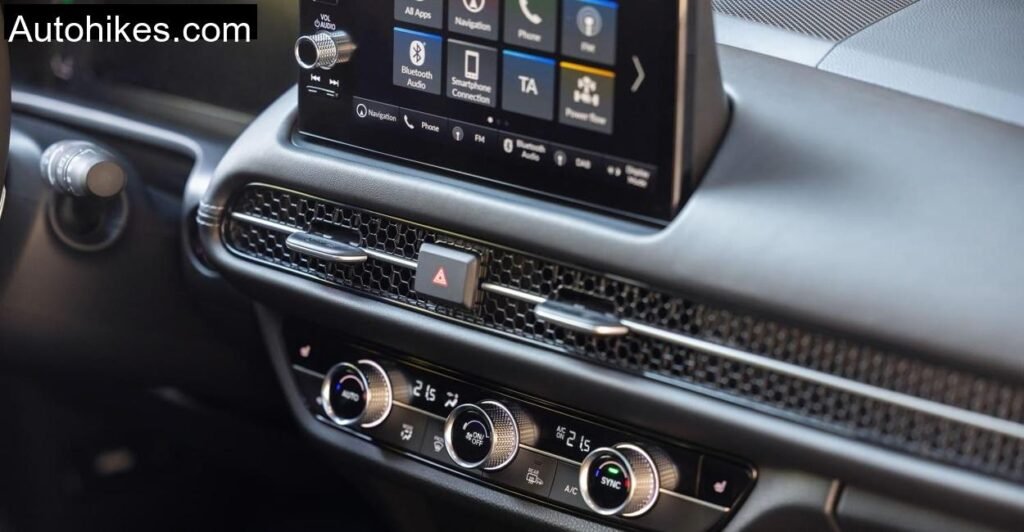
Efficiency: A Mixed Bag
Honda quotes 5.8 l/100 km in the WLTP cycle. My real-world average after 240 kilometers through the Harz was 6.3 l/100 km, a touch higher, but not unreasonable given the elevation changes and enthusiastic driving. In urban areas, the ZR-V often ran purely on electric power, dropping as low as 4.1 l/100 km.
On the Autobahn, fuel consumption jumped closer to 8.5 l/100 km. That’s the trade-off with hybrids, they shine in the city but lose some charm at high speeds. Still, the overall efficiency was commendable for an SUV with nearly 1.8 tons of curb weight.
Safety and Tech
Honda doesn’t skimp on safety. The standard Sensing Suite includes adaptive cruise control, lane keep assist, traffic sign recognition, and emergency braking. The Advance trim adds a panoramic sunroof, Bose premium audio, and a head-up display. I especially liked the blind-spot monitoring system, it came in handy on narrow Harz roads where cyclists and hikers often appeared from nowhere.
The digital instrument cluster was another highlight. Not only was it clear and legible, but it also had an interesting privacy feature: the passenger side appears blank. No more side-eye glances from your co-driver judging your speed.
Conclusion: A Balanced, Thoughtful Hybrid SUV
After a full day of driving through one of Germany’s most scenic regions, I stepped out of the Honda ZR-V feeling surprised, not because it did anything extraordinary, but because it did everything well. It’s not the most powerful, not the most spacious, nor the most economical. But it’s balanced. Thoughtful. And above all, easy to live with.
If you’re looking for an SUV that feels modern without being overcomplicated, the Honda ZR-V deserves your attention. It blends hybrid efficiency with real-world usability and just enough flair to make the daily drive enjoyable.
Is the Honda ZR-V fully electric?
No, the ZR-V is a full hybrid (e:HEV), meaning it combines a petrol engine with electric motors but cannot be plugged in.
Is the Honda ZR-V available with all-wheel drive?
Currently, no. The ZR-V is offered only with front-wheel drive.
